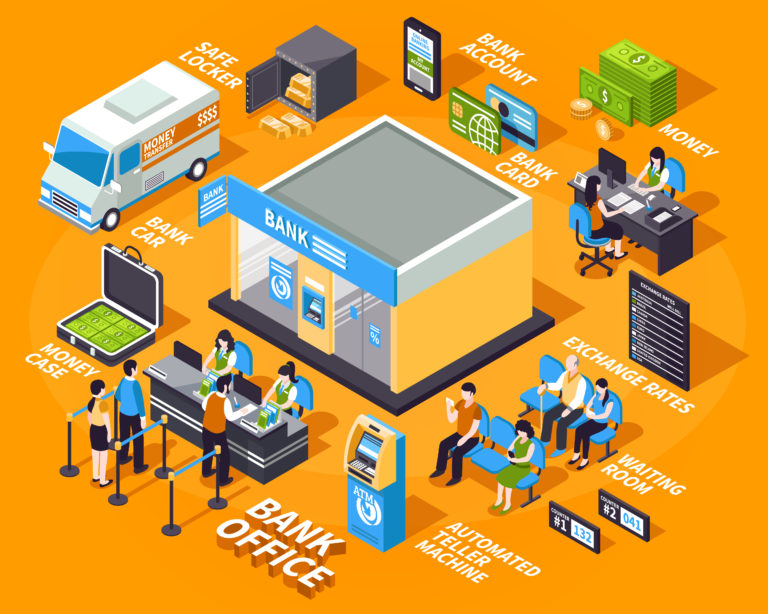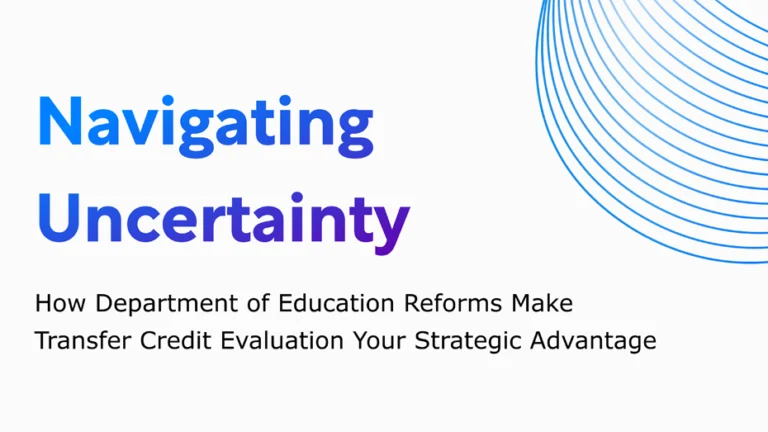We live in an always-on digital world where customer demand now evolves rather quickly. In this connected era, bank customers expect the always-on experience from their banks as well. In fact, it should be interspersed with the virtual while exuding the type of agility needed for changing needs.
Banks who operate with outdated processes and technologies will lack the competitive edge necessary to thrive in a consumer-led market. In fact, the recent pandemic has only served to highlight the many issues in outmoded systems and processes where peaks of specific types of demands have been nothing short of overwhelming.
Invariably, the desire for convenience and efficiency have driven much of the innovation we use today. And, this desire is ever-more important now. Yet, the global digital payments industry is still lagging behind, continues to use paper, and inefficient processes.
Even in the midst of digital transformations, and the implementation of modern technologies, old processes are still being used such as batch processing and long clearing cycles. In terms of improvement, the best time to make business investments is during a crisis – this is the time when some of the most critical lessons are learned.
ACH payments and the banking sector
What are ACH payments? These are payments transmitted through the Automated Clearing House (ACH) network using a centralized system to move money from one account to another. In short, these are automated and computerized.
Invariably, the rise of ACH payments have transformed the banking sector. Instead of waiting several days for transfers, and deposits, to post ACH has offered same-day service since 2016. In most cases, the transfers can take between one to three business days.
Even if people aren’t familiar with the technical process, most people already use ACH when they get direct deposits or pay bills electronically.
How do ACH payments work? In essence, to send money you would need the name of the banking institution, the type of account, the ABA routing number, and the recipient’s full account number. Imagine banking without ACH and going back to the days of in-person deposits, transfers, and dealing with bank tellers and/or rushing to the bank before it closes for the day to complete necessary transactions.
Much has certainly changed with ACH. While ACH payments are mostly electronic, some merchants may convert paper checks to an electronic payment.
How can we improve ACH?
How about faster money? Perhaps instant money? Using P2P apps may seem like instant money, but it still requires clearing through a bank settlement – which can take up to 72 hours. The real advantage would be if bank transfers can occur in real time. Despite the fact that ACH can process same-day payments, the funds are still cleared in batches so they are not available until after they are cleared and the settlement process is completed.
The good news is we also have the RTP® (Real-Time Payments) Network – launched by The Clearing House – and the FedNowSM created by the Federal Reserve and expected to go live either in 2023 or 2024.
Unquestionably, many banks realize that streamlined processing can provide a competitive advantage and beneficial in many realistic scenarios such as the following:
- Emergencies inducing rising unemployment benefits
- Payroll contingencies
- Quick payments to contract/freelance workers
- Send and receive payments 24/7
- Initiate direct payments from their existing accounts
The impact of real-time payments
Eventually, real-time payments may replace credit and debit cards. Until then, it helps organizations to manage their cash flow which improves financial projections as well. Further, offering real-time payments can help to increase customer satisfaction. Not to mention, real-time payments can decrease fraud risk.
Nonetheless, banks have been slow to adopt real-time payments. Plus, real-time payments still have a transaction limit of $25,000. So then, real-time payments have not comprehensively replaced ACH.
What about automation?
The banking sector, while on the path towards automation, has been slower than other industries in adoption. Still, automation is causing a digital banking explosion in many ways such as:
Timely banking processes
Automation is improving back office processes taking over human tasks such as managing client requests and decreasing the error rate too. Also, automation is helping to enhance productivity, the customer experience, and cost efficiency across the board.
Personalized customer experience
When decisions are made quickly, customers benefit. The wait time can be eliminated and impatient customers on their way to their next errand. In addition, automation can help improve tracking.
Quick fraud detection
To ensure better security, automated processes can be configured to detect fraud. As a result, banks can increase their efficiency around mitigating money laundering and credit card fraud. Plus, automation can be used to filter through phishing messages and bolster cybersecurity.
For these reasons, and more, the banking sector can better achieve their organizational goals through automation. In fact, automation is poised to disrupt the banking world as we speak.
Final thought
Banks are repackaging their services for the digital world. Automation is helping to improve both efficiency and the client experience. Customers can talk to chatbots 24/7, and real-time payments are on the horizon. And, we’re excited that there’s so much more coming down the road.





